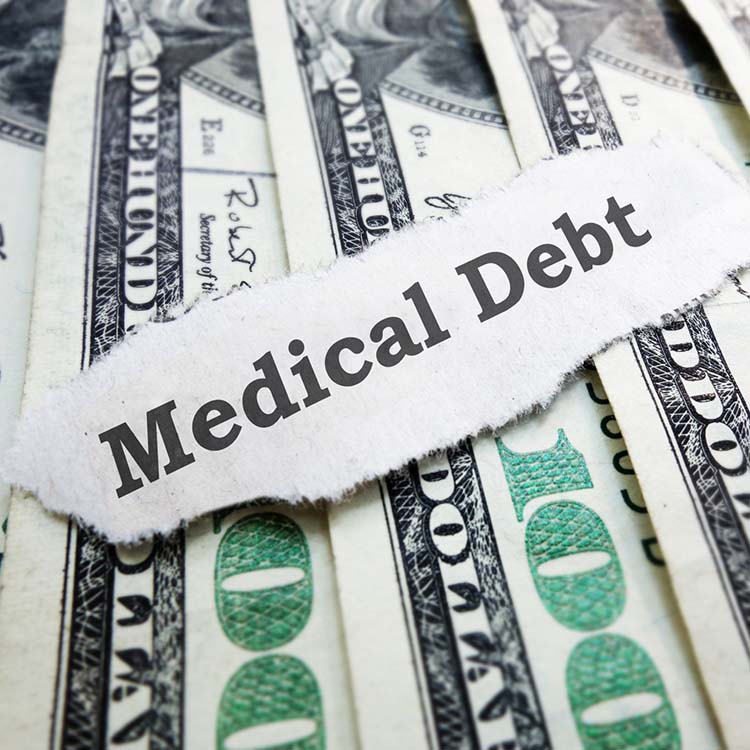If you find yourself in medical debt, you’re not alone. A survey from The Commonwealth Fund revealed that around 79 million Americans have issues with medical bills. With the rising cost of healthcare, it is predicted that many more will suffer from medical debt.
The good news is that there is a solution to medical debt. More and more people are finding relief by filing bankruptcy. Keep reading to find out everything you need to know before filing medical bankruptcy.
What Causes Medical Debt?
A 2009 study found that 62% of all bankruptcies were caused by medical bills. In most cases, medical debt piles up when you fall behind on medical bills. This is especially true for those who’ve exhausted their savings or have low to no income.
What’s even more shocking about medical bankruptcy is that most debtors had health insurance. How is this possible? Out-of-pocket costs. In fact, a 2011 study found that out-of-pocket medical costs significantly contributed to 26% of bankruptcies in low to medium-income households.
The cost of a long-term illness is a major contributor of medical debt. According to a survey, 48% of people in medical debt owe hospital costs. Other causes include prescription drug costs and doctor’s visit bills.
What Is Medical Bankruptcy?
Medical bankruptcy is not an official category for bankruptcy. Although your purpose for filing would be to eliminate medical debt, you won’t have the choice to limit the case to only medical bills.
When you file for bankruptcy, you will be required to list all of your debt and personal property. You must also disclose details about your household income and financial history like recent debt payments. The information you provide will be used to calculate your total obligations.
Types of Bankruptcy
Most people in medical debt file one of two types of bankruptcy — Chapter 7 or Chapter 13. Both types will remain on your credit report for seven to ten years. Here’s more about the two types of bankruptcy:
Chapter 7
Chapter 7 releases your responsibility for repaying debt — this includes outstanding medical bills. This type of bankruptcy also provides immediate relief from other debt collection.
It stops creditors from calling or attempting to collect. Chapter 7 bankruptcy can even stop eviction or foreclosure. The process usually takes around 90 to 120 days from the date you file.
Although it wipes out medical debt in four months or less, Chapter 7 stays on your credit report for ten years. However, the impact it has on your credit decreases overtime.
Chapter 13
Also known as the wage earner’s plan, Chapter 13 allows you to set up a three-to-five-year repayment plan. This amount of your monthly payments are based on what’s affordable for you.
What’s great is that you may end up paying less than what you owe and still have the remaining debt discharged. However, any disposable income must go towards paying back your debt. This means that you may end up living on less each month.
Freedom From Medical Debt is Possible
If you’re currently drowning in medical debt, the struggle will not last forever. Filing for medical bankruptcy is one of the many options you have to alleviate the stress from debt.
Leave medical bills in the past. Contact us today and we’ll help you find affordable health insurance.

